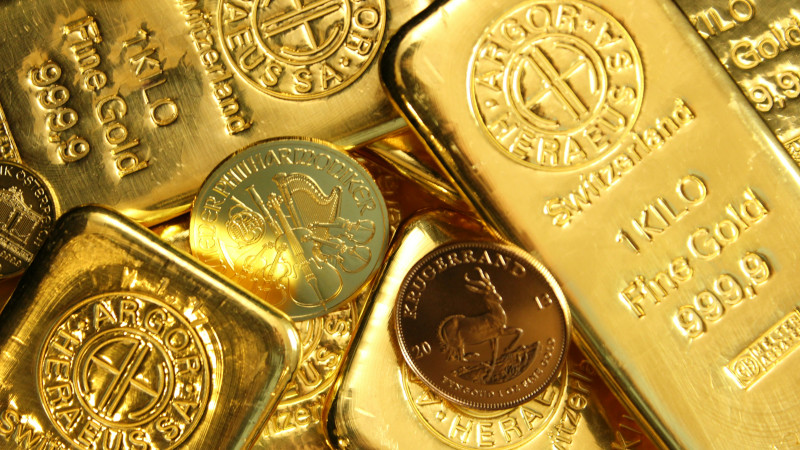Gold surges to record highs

Gold prices have smashed through record after record this spring, leaping past $3,000 per ounce in March and soaring above $3,300 this week. The precious metal has gained more than 50% since the start of 2024, leaving stocks and bonds in the dust and capturing the attention of investors, central banks, and policymakers around the world.
“This isn’t just a speculative rush—there are deep structural forces at work,” said Alexander Koss, chief analyst at IX.no. “We’re seeing a convergence of central bank buying, geopolitical anxiety, and persistent doubts about the stability of the global monetary system.”
Gold’s rally began in 2019, when it broke through $1,350 per ounce after years of stagnation. The COVID-19 pandemic briefly pushed prices above $2,000 in 2020, but the metal then traded sideways for some time. Over the past year, a wave of official sector buying has swept the market, with central banks from China, Russia, and India leading the charge to diversify away from the U.S. dollar. Since 2022, central bank gold purchases have topped 1,000 tonnes annually.
“Central banks are clearly signaling a lack of faith in the long-term stability of fiat currencies,” Koss explained. “This is a major shift in how global reserves are managed.” At the same time, a series of geopolitical shocks—from the war in Ukraine to unrest in the Middle East and rising tensions between the U.S. and China—have sent investors scrambling for safe havens.
Inflation, too, continues to cast a long shadow. Even as headline numbers have eased, underlying price pressures remain high in many economies. Real interest rates, when adjusted for inflation, are still low or negative, making gold more attractive than cash or bonds.
Where does gold go from here? Some warn that after such a rapid run-up, a correction could be on the cards. Others believe the forces driving gold higher are far from spent. Either way Gold’s continued rise tells an old story in a new era: when trust in systems falters, investors return to what has always endured.